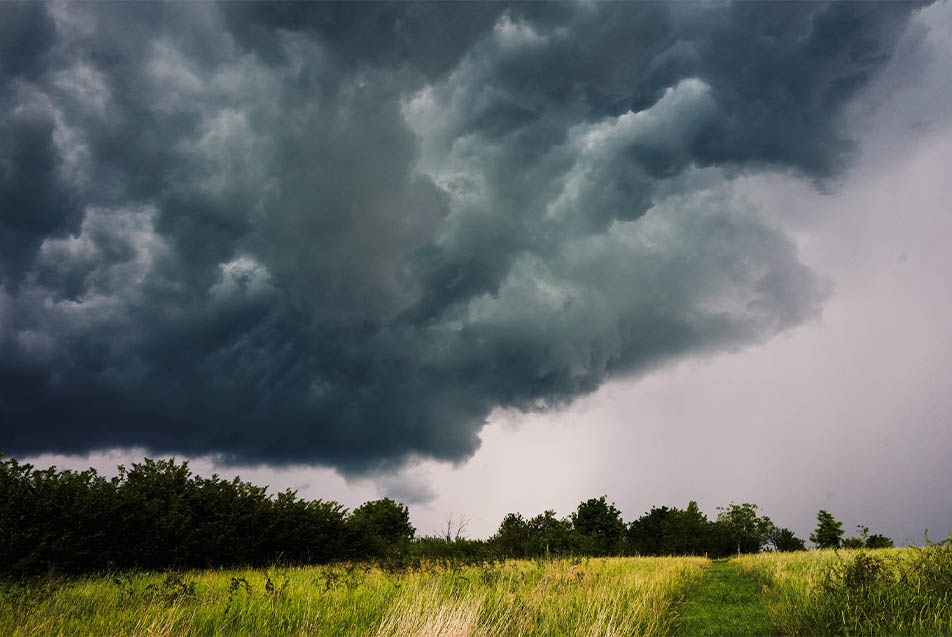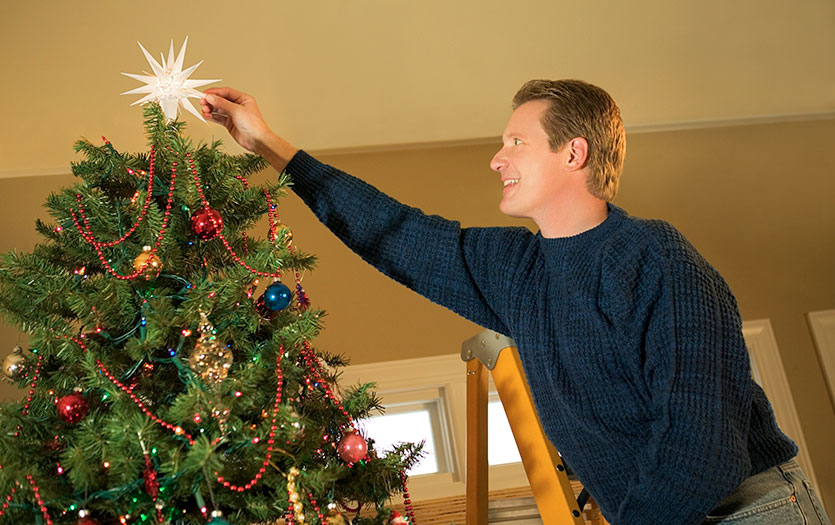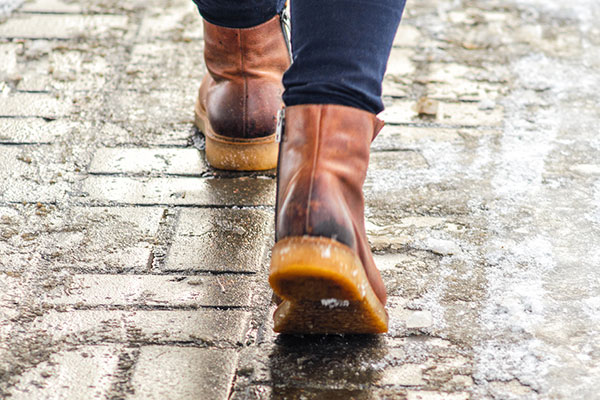
“The most common injuries we see are lacerations from falling debris, especially glass, people who have been struck by lightening and rashes from contaminated water overflow,” he said. “The water is particularly dangerous because people just don’t realize how much is out there, or how much contamination it contains from pond chemicals and other elements. They will often see redness, or experience itching, irritated skin as a result. They could also experience an injury or laceration from debris floating in the water.”
Dr. Gutwein’s 10 Storm Safety Tips
- You are always safest inside the house away from falling debris.
- If you are on a life-saving device that has a battery, be somewhere you can plug in and have a backup plan.
- Always wear high water boots when entering a flood or high-water environment.
- Keep toward the middle of the house and stay away from windows or storm doors.
- Stay as dry as possible and out of the elements. Invest in a good raincoat and boats.
- Keep away from sewer water backed up in your house. If you do have to go into it, wear your rain boots and then immediately return to a high spot.
- In extreme wind, stay on the lower level of the house.
- If you have a generator, be cautious of carbon monoxide. Turn it on outside, not inside, so the fumes don't come into the house.
- Use flashlights instead of candles, which can cause smoke or tip and cause a fire.
- Be aware that lightening can bounce off of other objects and strike you. It’s best to head indoors as soon as you hear thunder.



